Preparing Your Business to Reopen at Full Capacity

Unfortunately, because so many businesses have been operating well below capacity for so long, the potential for health hazards to enter your building has greatly increased.
To ensure the safety of your property as life begins to show some normalcy, it is important to pay special attention to these environmental hazards.
Mold in Your HVAC Vents
Because it does not take much for mold to spread, colonies of spores can easily grow throughout your HVAC ducts. A sitting HVAC system is a perfect breeding ground for mold growth due to its high water vapor content and warm temperature. Once these systems are restarted, they can blow these spores throughout your property leading to potential allergies or illness.
Poor Indoor Air Quality
Without proper ventilation over an extended period, harmful pollutants may collect throughout your property creating unsafe indoor air quality. This unsafe air quality can stem from several sources in your building developing into biological, chemical, and combustion pollutants. Some causes of these pollutants include deteriorating building products or cleaning products, bacteria, carbon monoxide, and external air pollution making its way in.
Legionella in Your Water Source
Legionella is a bacterium that is solely transmitted from the environment to humans, mainly through potable water. This bacterium grows in the water source due to a reduction in disinfectant levels in an improperly maintained system. Another avenue is known as a dead leg, when there is little to no flow of water through your pipes, which is one of the leading causes of legionella growth.
Lead in Your Water Pipes
Corrosion from sitting water pipes can cause the wearing away of lead which can leak into the water system causing a range of illnesses to those who ingest it. Causes of corrosion can be caused due to the acidity of your water, the amounts of minerals in your water source, or wear on your pipes. The Safe Drinking Water Act (SDWA) considers lead-free water to be a weighted average of .25 percent across the wetted surface of pipes.
As the density of people entering your property increases, so does the probability of someone being affected by one of these hazards.
In order to avoid health risks, it is important to have your building inspected and test by a professional or a Certified Industrial Hygienist.
Preparing to reopen at full capacity shouldn’t be stressful! A-Tech’s Department of Public Health Licensed Inspectors, Assessors, Project Monitors, Certified Industrial Hygienists, and Environmental Health Professionals can develop a response and remediation plan that will rectify the specific contamination, protecting current and future building occupants from exposure while protecting you from costly medical or legal liability.
Our Services
Lead
- Lead-In-Paint Survey (Paint Chip Sampling)
- HUD-Level XRF Inspection
- Lead Risk Assessments
- Remediation Oversight and Project Monitoring
- Air, Chip, Wipe, and Soil Lead Content Sampling
- Clearance Inspections
- Scheduled Re-Inspection for Schools, Government, and Private entities
- Potable Water Sampling
- Lead Awareness Training Service
Mold
- Remediation Oversight and Project Monitoring
- Air, Surface and/or Bulk Sampling Clearance Inspections
- HVAC System & Filter Inspection
Indoor Air Quality
- Limited and Comprehensive IAQ Investigations
- Employee/Resident Interviews
- Communication Regarding All Findings
- HVAC System & Filter Inspection
Water
- Validation Procedures
- Steps for Responding to Legionnaires’ Disease
- Water System Data Entry
- Flow Diagram Templates
- Hazard Analysis Control Measures
Every company should make the safety and health of their employees, tenants, or customers their number one priority. Contact us today to schedule an appointment for these services or any other workplace health and safety concerns!
References:
https://www.epa.gov/ground-water-and-drinking-water/basic-information-about-lead-drinking-water
https://www.epa.gov/indoor-air-quality-iaq/care-your-air-guide-indoor-air-quality
https://www.safeplumbing.org/advocacy/health-safety/legionella
https://www.cdph.ca.gov/Programs/CID/DCDC/Pages/COVID-19/Beyond-Blueprint-Framework.aspx



